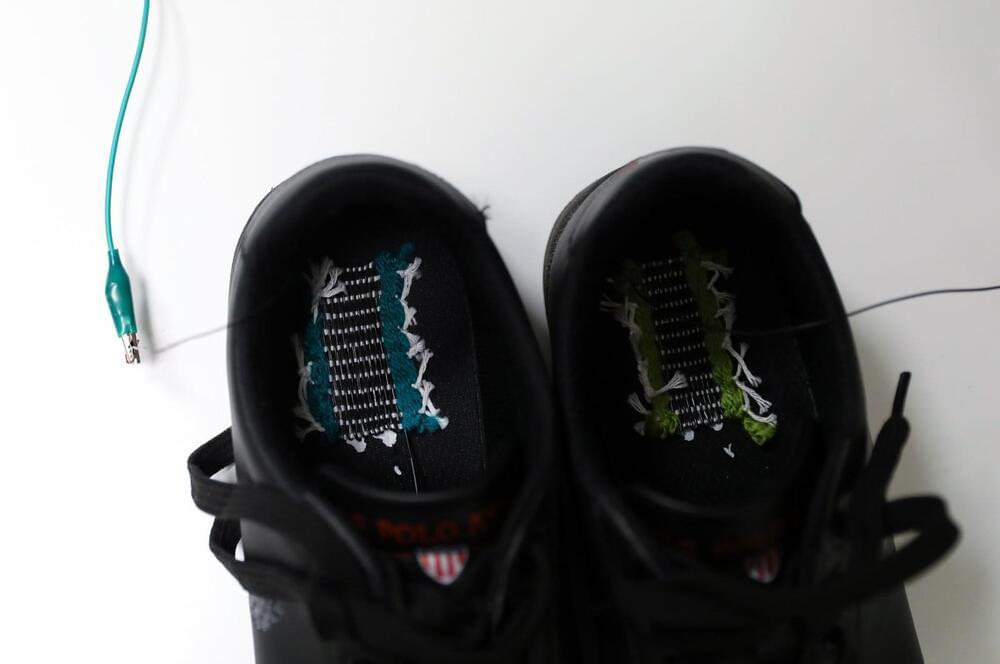From a platypus to a blue whale, all living mammals today are descended from a common ancestor that existed some 180 million years ago. Although we don’t know a lot about this animal, a global team of experts has recently computationally reconstructed the organization of its genome. The findings were recently published in the journal Proceedings of the National Academy of Sciences.
“Our results have important implications for understanding the evolution of mammals and for conservation efforts,” said Harris Lewin, distinguished professor of evolution and ecology at the University of California, Davis, and senior author on the paper.
The researchers used high-quality genome sequences from 32 living species, spanning 23 of the 26 known mammalian orders. Humans and chimpanzees were among these species, as were wombats and rabbits, manatees, domestic cattle, rhinos, bats, and pangolins. The chicken and Chinese alligator genomes were also used as comparison groups in the analysis. Some of these genomes are being produced as part of the Earth BioGenome Project and other large-scale biodiversity genome sequencing initiatives. Lewin is the chair of the Earth BioGenome Project’s Working Group.









